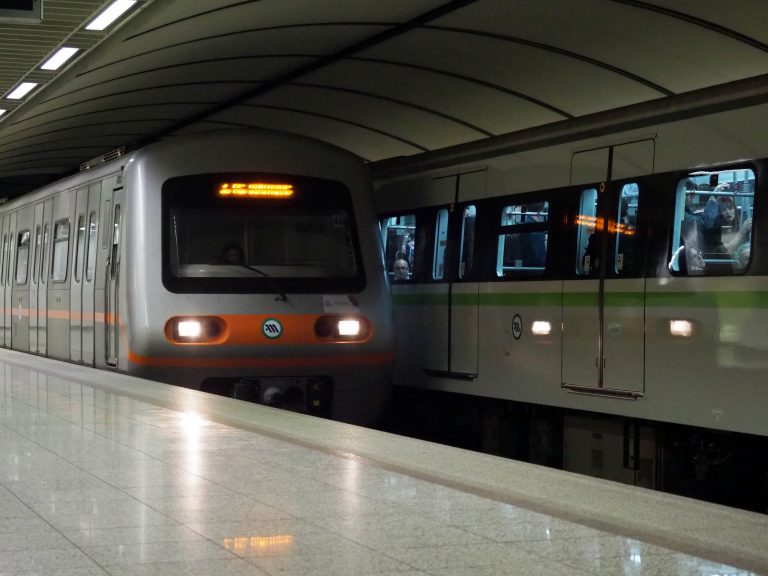
Yesterday turned a page for the future of Piraeus. The operation of the three new stations of Line 3 in Maniatika, Piraeus and Municipal Theater will not only decongest traffic in the large port, but at the same time will upgrade its role as the largest transport hub of the country. The new extension, which was introduced to the passenger public yesterday, connects Piraeus directly with Syntagma Square in 20 minutes and with “Eleftherios Venizelos” in 55 minutes.
The extension of Line 3 to Piraeus, 7.55 km long, has a total of 6 stations. For its construction, the largest archaeological excavation that has ever been carried out was carried out in Piraeus, with great findings. Due to the particularities of the project, design failures, but also the financial crisis, the delivery of the project was broken into two phases. With the first stations, delivered to traffic on July 6, 2020, 63,000 daily boardings have been added to the network, while 11,000 fewer cars take to the city’s roads and carbon dioxide emissions have been reduced by around 60 tons.
The most technically demanding station
With the operation of all three new stations, the total passenger traffic using the metro increases by 132,000 citizens per day, reducing the traffic of automobiles by 23,000 and carbon dioxide emissions by 70 tons. The total number of passengers using Metro Lines 2 and 3, with this new extension, will exceed 1.1 million daily.
The most technically demanding construction in the Athens metropolitan regions was among the three new stations. The Piraeus station was actually built under the sea, right below where the electric station is located. The water table starts half a meter from the construction, with the result that the pressures that the project received during the construction period from the water are enormous. Also, the station was forced to move by 7.5 meters compared to the original design due to the underground river located under Kononos Street. The existence of the main water pipeline through the project had also not been taken into account.
The largest hub in the country
Focusing, of course, on the country’s largest port, which is already a maritime passenger and freight hub, the “Piraeus” station is being upgraded to the country’s largest transportation center. It functionally connects two metro lines (Lines 1 and 3), the port, the suburban railway, the tram and the “Eleftherios Venizelos” airport, thus facilitating transfers between all means of transport.
Yesterday, at the opening ceremony, the Minister of Infrastructure and Transport, Mr. Kostas Karamanlis, spoke about an integrated transportation hub, applying the principles of Combined Transport in practice.
The first level of the station can also be used as an underground passage, for access to the port under Aktis Kalimassioti Avenue, without ticket validation.
Antiquities: Model station at the Municipal Theatre
More than 10,000 finds of all eras were found during the excavations for the construction of the metro, making it the largest excavation ever in Piraeus. Antiquities before 86 BC, part of Hadrian’s Aqueduct, the city’s sewage system, but also everyday objects, such as utensils, were removed, placed in the area of the Woodshed and re-located in the “Municipal Theater” station.
Inside the station, in collaboration with the Ephorate of Antiquities of Piraeus & Islands, the museographic exhibition “Invisible Water” was set up, with copies of the archaeological findings and observational means of representing the water system of ancient Piraeus. Also, in a floor recess, the original pebbled floor of an ancient Piraeus house, revealed in the archaeological excavation, has been placed. The archaeological excavation in the area revealed particularly important findings. The total cost of the archaeological work for the expansion of Piraeus amounted to 5 million euros.
The goal of extensions
With the completion of the metro extension in Piraeus, a cycle of first-generation projects for the capital’s underground network closes. This is how the baton passes to the so-called new generation projects, with the flagship of the new Line 4, which in its full development will connect Alsos Veikou with Evangelismos and Maroussi, with the extensions to Vyronas/Ano Ilioupoli and to Petroupolis and the National Highway.
The first phase of the ambitious project from Alsos Veikou to Goudi, with 15 stations, has already started. The construction period will last, according to the contract, 8 years. The new orange line will connect Alsos Veikou with Goudi in less than 18 minutes, the University Campus in less than 15 minutes and the Courts in just 5 minutes.
As Prime Minister Kyriakos Mitsotakis said, during yesterday’s opening ceremony, “the [Attica] Basin will become unlivable if we cannot implement the important infrastructure projects, with the most important being Line 4, but also the extensions of Line 2″. A number of new extensions of the existing network are already planned by Attiko Metro to change the transport map of the capital in the next decade.
At the same time, as the Deputy Minister of Infrastructure and Transport, Mr. Giorgos Karagiannis, said, the procedures for the tendering of the extension of Line 2 with three new stations to Ilion, in Palatiani, Ilion and Agios Nikolaos, are progressing. The new extension will have a length of 4.1 km and a budget of 350 million euros. It is estimated that it will serve 50,000 passengers per day, significantly reducing the time currently required to reach the city center.
In the next phase, it is planned to further extend the line with three stations to Kamatero and Ano Liosia, where it will be connected to the suburban railway on Attiki Odos, and finally ending in Acharnes (center of Menidi). At this time, topographical works are in progress.
A bevy of new extensions, which are expected to add about 22 km and 17 new stations to the network are being gradually matured by Attiko Metro. The priority is the underground connection of the electric line after the Thisio station to Kallithea, 5 km long, with four stations: Hamosternas, Davaki Square, Filaretou Hill/Tzitzifies and SNFCC. The cost is estimated at 450 million euros. The next phase of the line’s development will extend towards Paleo Faliro, along Amphitheas Avenue.
The “southern” extension of Line 2 from Elliniko, 4.4 km long, with stations in Ano Glyfada, Vouliagmenis Avenue and Glyfada, with a budget of 350 million euros, is still being prepared. While two extensions of the new Line 4 are not missing from the planning. These are the “Evangelismos – Ano Ilioupoli” sections, 4.1 km long with three stations, and “Alsos Veikou – Petroupoli”, 7.5 km long with six stations in Nea Ionia, Pefkakia (corresponding with Line 1), Nea Filadelfia, Agioi Anargyroi (Pyrgos Vasilissis), Ilion and Petroupolis. The total budget of the two projects is estimated at close to 1 billion euros.
In the foreground is the development of the extension from Goudi to Marousi with seven new stations, which will serve the municipalities of Psychiko-Filothei, Chalandrio and Amarousi, and then with three stations to the National Road. The twin project has an estimated budget of over €1 billion. The next stage of development of Line 1, after the KAT station to Kifissia, N. Erythraia and the Varymombi junction, is also aimed at connecting the network with the National Highway. The continuation of the maturation certainly requires funds which will be sought in the future.
The profile of the three new stations
Three new stations have been added to the Line 3 network of the Athens metro. “Maniatika” station is located in the homonymous district of Piraeus, on Aitolikou Street, between P. Mavromichalis and Gytheio Streets. A new square was formed on the surface, on which the station’s one access is located.
The “Piraeus” station, was the most demanding of the three and certainly the most unique from a technical point of view that has been built in the country to date, as explained above. It is located in front of the terminal station of Line 1, the electric railway, under Aktis Kalimassiotis Avenue between the preserved ISAP building and the port. The construction method required had to ensure the non-inflow of sea water and the static adequacy and stability of the adjacent preserved building. It has one access to Odessos Square, right next to the Line 1 station accesses and another on the side of the port.
The terminus of the line is now the “Municipal Theater” station, in the heart of the city of Piraeus and in a prominent position, in front of the emblematic building of the Municipal Theater of the city, in the historic square of the same name. It has three accesses: inside the Municipal Theater square, in Korai square and in Bakoyanni square, all with two escalators and one fixed staircase. The historic “Municipal Theater” square was restored to its pre-existing condition and with the same original materials that had been preserved. The pre-existing fountains and the statue of Eleftherios Venizelos were repositioned in their original position and new planting was implemented.
Latest News
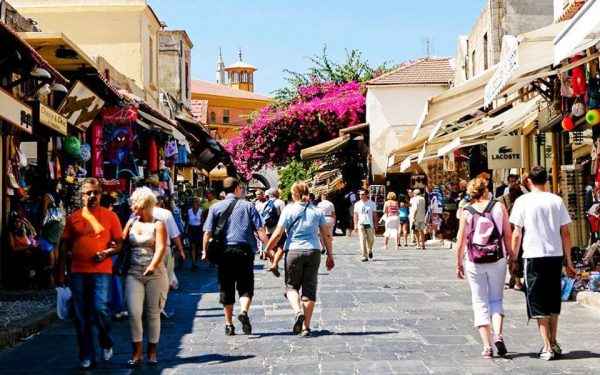
WTTC: Travel & Tourism to Create 4.5M New Jobs in EU by 2035
This year, international visitor spending is set to reach 573 billion euros, up by more than 11% year-on-year

IMF: US Tariffs Shake Global Economy, Outlook Downbeat
IMF slashes global growth forecast to 2.8% as U.S. tariffs create uncertainty and ‘negative supply shock
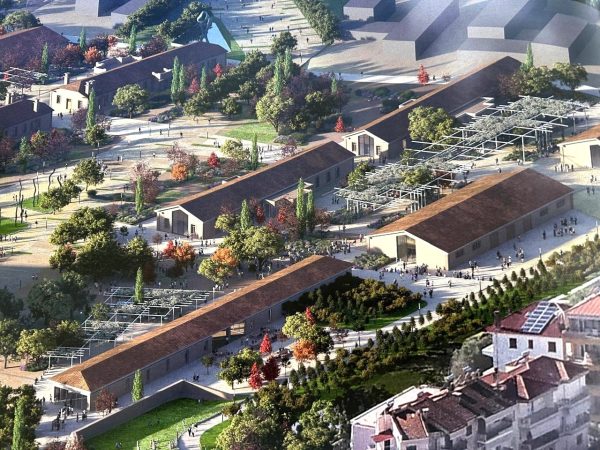
First Step Towards New Audiovisual Industry Hub in Drama
The project is set to contribute to the further development of Greece’s film industry and establish Drama as an audiovisual hub in the region

Airbnb Greece – Initial CoS Ruling Deems Tax Circular Unlawful
The case reached the Council of State following annulment applications filed by the Panhellenic Federation of Property Owners (POMIDA)
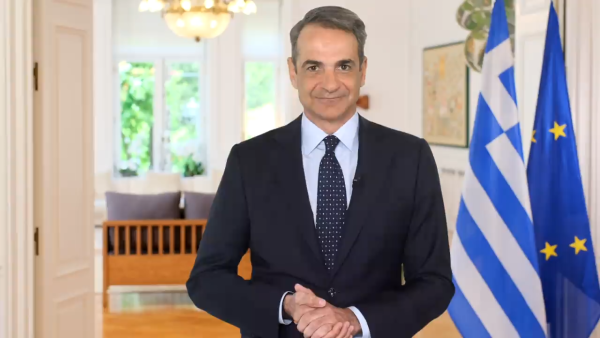
Mitsotakis Unveils €1 Billion Plan for Housing, Pensioners, Public investments
Greek Prime Minister Kyriakos Mitsotakis has announced a new set of economic support measures, worth 1 billion euros, aiming to provide financial relief to citizens.

Alter Ego Ventures Invests in Pioneering Gaming Company ‘Couch Heroes’
Alter Ego Ventures' participation in the share capital of Couch Heroes marks yet another investment by the Alter Ego Media Group in innovative companies with a focus on technology.

Corruption Still Plagues Greece’s Driving Tests
While traffic accidents continue to claim lives on Greek roads daily, irregularities and under-the-table dealings in the training and testing of new drivers remain disturbingly widespread

Pope Francis Died of Stroke and Heart Failure Vatican Confirms
As news of the official cause of death spread, tributes poured in from across the globe. The 1.4 billion-member Catholic Church is united in grief, remembering a pope who championed inclusion, justice, and compassion

Increase in Both Museum Visits, Revenues for 2024
As expected, the Acropolis was the top archeological site in the country, followed by Sounion, Mycenae, the ancient theater of Epidaurus, and Vergina in northern Greece
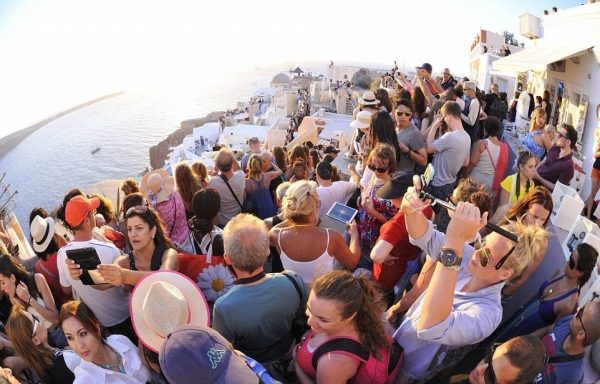
Where Greece’s Tourists Come From: A Look at 2025’s Top Visitor Markets
The United Kingdom continues to hold the top spot as the largest source of incoming tourism, with 5.6 million seats booked for Greece this summer — up 2.2% from last year. This accounts for 20% of all international air traffic to Greece
















![Ξενοδοχεία: Μεγάλο το ενδιαφέρον για επενδύσεις στην Ελλάδα – Η θέση της Αθήνας [γραφήματα]](https://www.ot.gr/wp-content/uploads/2025/03/Athens-hotels-90x90.jpg)












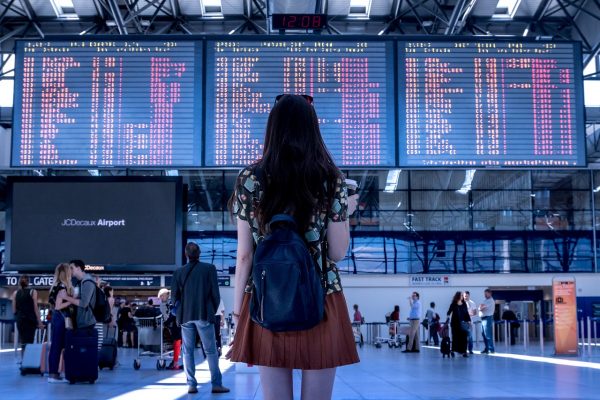

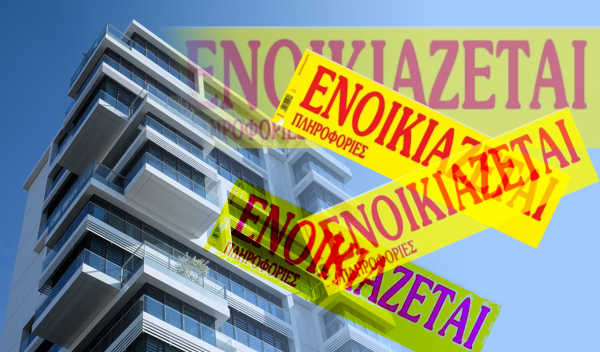
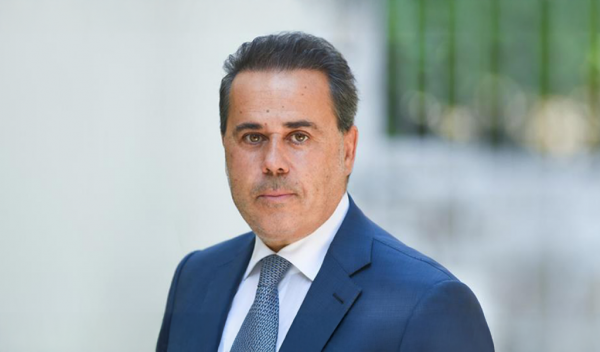
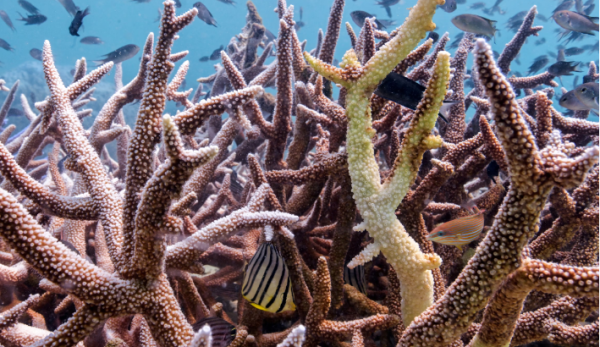



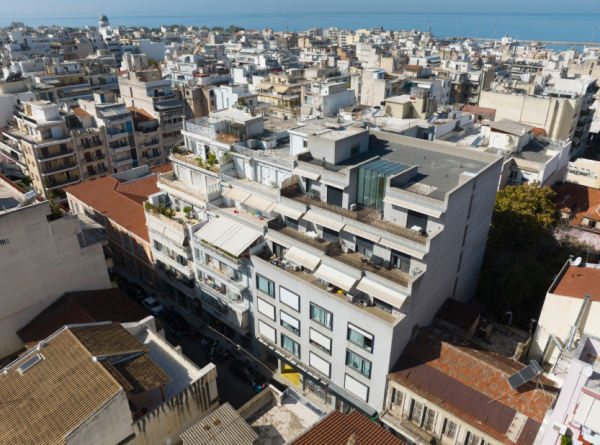



 Αριθμός Πιστοποίησης
Αριθμός Πιστοποίησης